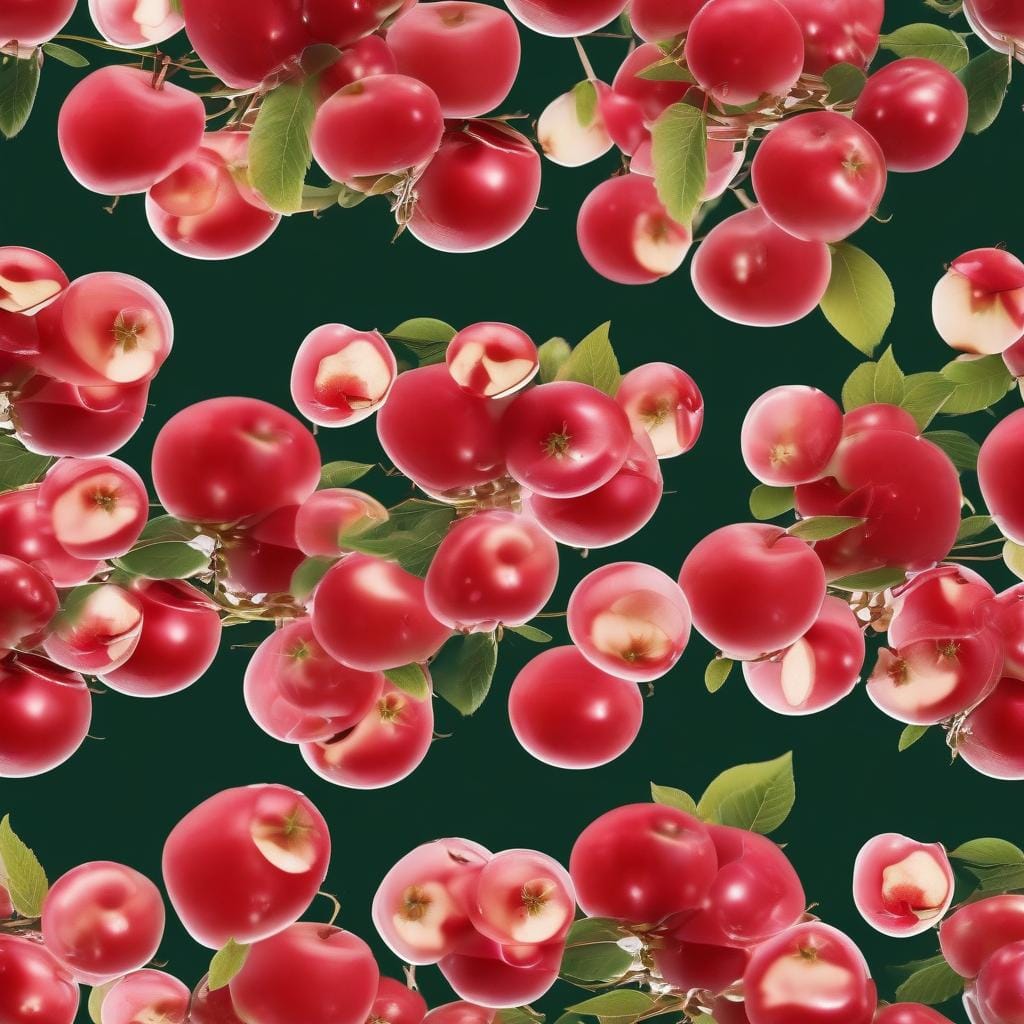Delia Smith Crab Apple Jelly

Delve into the art of making Crab Apple Jelly, a traditional delight that pairs wonderfully with pork and shines just as bright on your morning toast. This British classic encapsulates the tangy essence of crab apples, balanced beautifully with sugar, and hints of lemon for an extra zing. Here's how to bring this culinary treasure into your kitchen, inspired by the expertise of Helen Best-Shaw (Fuss Free Flavours) and Camilla Hawkins (Fab Food 4 All).
Crab Apple Jelly: A Tangy Traditional Treat
Cultural or Historical Context
Crab Apple Jelly has long been cherished in British culinary traditions, serving as a splendid companion to meats or as a spread. Its roots delve into the utilization of seasonal fruit, embodying the essence of autumn and the ingenuity of preservation methods.
Ingredients for the Crab Apple Jelly
- Crab apples: 2 kg, halved, washed, and drained
- Unwaxed lemon: 1, sliced
- Granulated sugar: Approximately 1.365 kg (adjustment needed based on juice yield)
- Water: 2.5 litres
Preparation Instructions
- Preparing the Fruit: Combine the crab apples, lemon slices, and water in a large pan. Simmer until the fruit becomes pulpy.
- Straining: Use a jelly bag or similar to strain the fruit mixture overnight, ensuring clarity.
- Jelly Making: Measure the juice and add sugar (78% of the juice's volume). Dissolve sugar over low heat, then boil until the setting point is reached.
- Canning: Skim off any scum for clarity, then pot the hot jelly into sterilized jars.
Storage and Reheating
Store your Crab Apple Jelly in a cool, dark place to enjoy for up to a year. Once opened, keep refrigerated and indulge within a few months for optimal freshness.
Nutritional Information
While specific nutritional values depend on the exact ingredients used, Crab Apple Jelly is primarily a source of carbohydrates. The sugar content is high, as expected in jellies, providing energy. Crab apples themselves are a good source of Vitamin C and dietary fiber.
Frequently Asked Questions
- Can I reduce the sugar in the recipe? While tempting, reducing the sugar may affect the jelly's setting and preservation quality. Sugar acts as a natural preservative and is crucial for the setting process.
- How can I tell if the jelly has reached the setting point? Utilize the wrinkle test, thermometer check (105°C), or the flake test as reliable methods.
- Can I add other flavors to my Crab Apple Jelly? Absolutely! Consider infusing the jelly with cinnamon sticks or cloves for a warm, spiced variation.
Embrace the seasonal bounty with this Crab Apple Jelly recipe, a testament to traditional British preserving techniques. Whether adorning your breakfast table or complementing a roast, its vibrant taste and texture are sure to delight.
